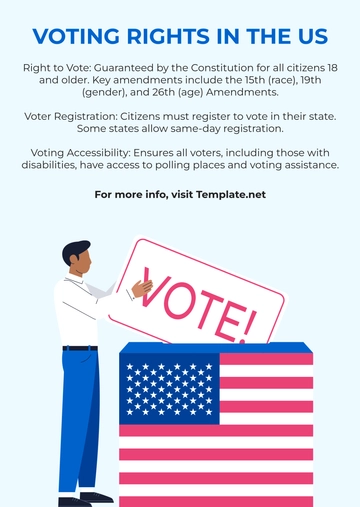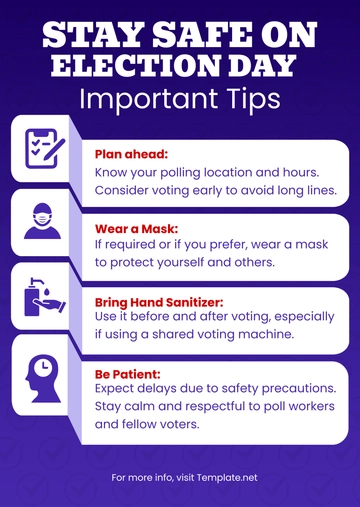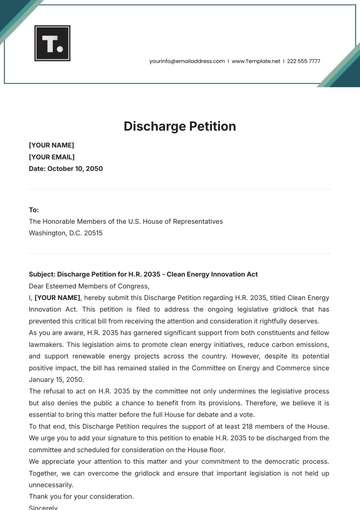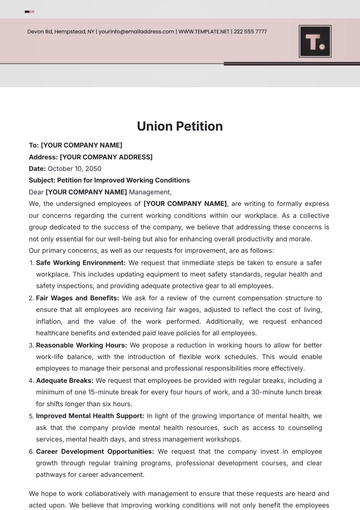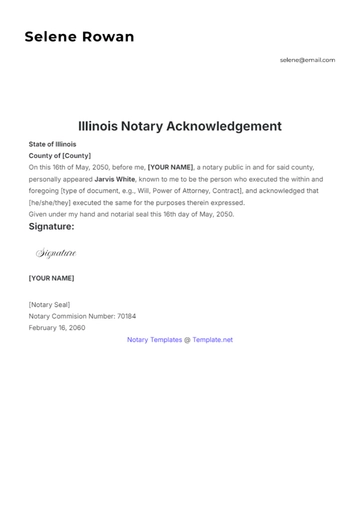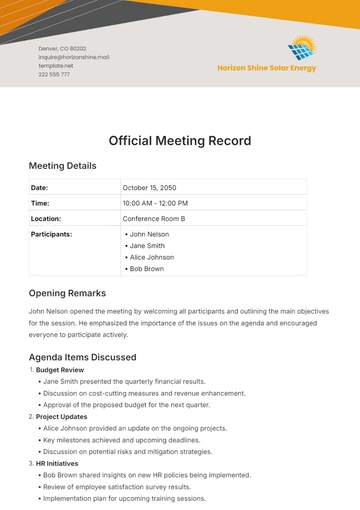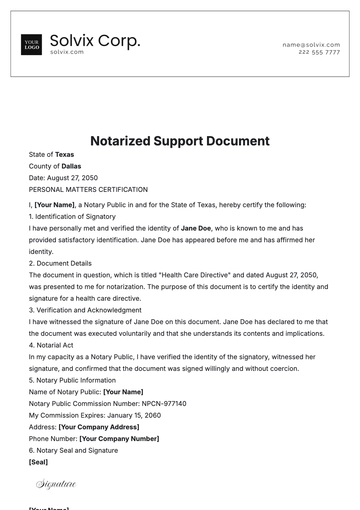Free Government Agency Case Study

I. Executive Summary
The National Coastal Management Agency (NCMA) responded to the pressing challenge of rising sea levels threatening coastal communities. This case study highlights the agency's proactive measures, stakeholder engagement, and the tangible outcomes achieved in bolstering coastal resilience.
II. Introduction
The NCMA, established in 2005, is tasked with safeguarding the nation's coastal areas through sustainable management practices. With sea levels rising due to climate change, the agency faces increasing pressure to protect vulnerable coastal communities from erosion and flooding.
III. Objectives
Assess the effectiveness of NCMA initiatives in enhancing coastal resilience and protecting infrastructure and ecosystems.
Investigate the role of stakeholder engagement in shaping policies and fostering community participation.
Identify key challenges faced by NCMA and provide recommendations for future policy formulation.
IV. Context and Problem Statement
The regions located along the coast are currently witnessing a hastened rate of erosion as well as frequent inundation.
This situation presents considerable threats to various elements, including infrastructure, ecosystems, and the livelihoods of those living there.
The coastal regions’ long-term viability needs to be ensured, a matter of exigency that has been identified by the National Coastal Management Authority (NCMA).
According to them, addressing these burgeoning challenges is an urgent imperative, for the rapidly eroding and frequently inundated coastal regions intensify the vulnerability of many vital elements.
V. Stakeholder Analysis
The principal stakeholders in this context encompass a broad range of groups and institutions. This includes those who reside in the coastal areas, non-governmental organizations that focus on environmental issues, operators who run tourism businesses in the region, associations that oversee fisheries, entities that govern local regions, and institutions that conduct scientific research.
Each of these groups possesses unique perspectives and interests that contribute to the overall conversation.
Their diverse viewpoints and priorities hold substantial sway over policy decisions that are made, as well as the strategies that are implemented.
Their influence is reflected in the way policies are crafted and enacted. These stakeholders play a pivotal role in driving changes and shaping outcomes.
VI. Government Agency Response
The National Coastal Management Authority (NCMA) put into effect an approach that involved multiple strategies in an attempt to combat the increasing threats posed by environmental changes.
As a part of their comprehensive project, they included initiatives that focused on the stabilization of the shoreline and the restoration of ecosystems. To ensure the cooperation and active involvement of those living in these at-risk areas, the NCMA also rolled out community-based adaptation programs.
The overarching goal of these collective efforts was to reduce the negative effects caused by the rising sea levels. At the same time, they also sought to encourage sustainable practices in the development of coastal areas, thereby creating a safe and balanced co-existence between the human population and the coastal environment.
VII. Public Engagement and Advocacy Efforts
The National Coastal Management Authority (NCMA) conducted a comprehensive series of public consultations. It sought out and valued input from various coastal communities and strong advocacy groups, compelling them to participate actively in the consultation processes.
In a further attempt to extend its reach and impact, it partnered with non-governmental organizations (NGOs). The purpose of this partnership was to raise public awareness of the critical issue of coastal resilience, empowering them to understand its pertinence.
Besides, it was directed towards mobilizing support from local grassroots communities for measures intended for adaptation, to deal effectively with the rising challenges.
VIII. Impact and Outcomes
Through its proactive and impactful initiatives, the National Coastal Management Association (NCMA) has made significant strides in minimizing erosion rates that threaten vulnerable coastlines.
They have served as guardians in protecting essential infrastructure, hence playing a role in maintaining and ensuring the continuation of crucial services. Beyond this, the NCMA has also concentrated on enhancing the hardiness of coastal ecosystems, enabling them to cope more effectively with environmental challenges.
This multifaceted approach has reaped measurable benefits as shown by the quantitative data at hand. There has been a noteworthy decrease in property damage, suggesting that these efforts have effectively mitigated the harmful effects of coastal degradation.
These initiatives have not only offered physical protection but have also increased community preparedness. This suggests that people living in coastal regions are now better equipped and informed to deal with environmental challenges, resulting in increased safety and security in these communities.
IX. Challenges and Lessons Learned
The implementation process was hindered by several formidable challenges. These difficulties included funding constraints, as well as regulatory hurdles - the red tape and legal stumbling blocks involved.
Another significant obstacle was the presence of competing stakeholder interests; stakeholders often have varied and sometimes conflicting goals and expectations, which can pose a substantial challenge to the process.
Despite these hindrances, the National Contract Management Association (NCMA) was not deterred. The association adopted an adaptive management approach which afforded them the flexibility they needed.
This approach enables them to effectively respond to challenges as they evolve, which is a critical capability in managing complexities. This strategy was particularly useful in overcoming these notable challenges to implementation.
X. Recommendations
To further enhance coastal resilience, the NCMA should prioritize continued investment in nature-based solutions, improve coordination with local governments, and integrate climate projections into long-term planning processes.
XI. Conclusion
The NCMA's proactive approach to coastal management serves as a model for effective government intervention in addressing complex environmental challenges. By engaging stakeholders, leveraging scientific expertise, and implementing adaptive strategies, the agency has made significant strides in enhancing coastal resilience.
XII. References
[Insert relevant citations here]
XIII. Appendices
[Include maps, project reports, and other supplementary materials]
Prepared By:
[YOUR NAME]
[YOUR COMPANY NAME]
[DATE]
- 100% Customizable, free editor
- Access 1 Million+ Templates, photo’s & graphics
- Download or share as a template
- Click and replace photos, graphics, text, backgrounds
- Resize, crop, AI write & more
- Access advanced editor
Efficiently showcase governmental achievements with our Government Agency Case Study Template from Template.net. Tailored for comprehensive analysis, it’s fully editable and customizable to fit specific requirements. Utilize our Ai Editor Tool for seamless editing and presentation.











